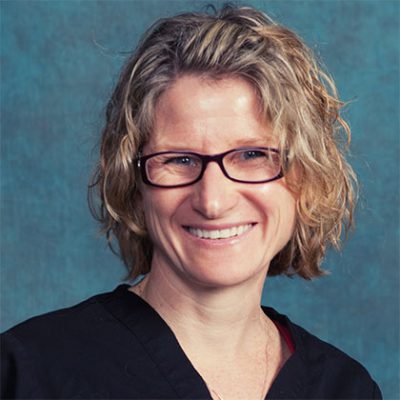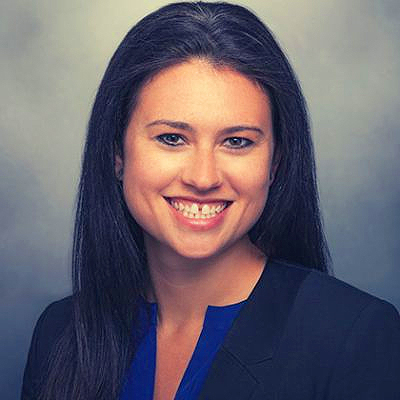“Nearly 60% of all drug overdose deaths in San Francisco and four of its neighboring counties involved fentanyl last year, new data shows. And while San Francisco has the highest per capita fatal OD rate, 57% of the region’s 1,510 overdose deaths occurred outside the city.
The 2022 data was obtained exclusively by The Standard from county coroners and medical examiners in San Francisco, San Mateo, Alameda, Santa Clara and Marin counties. Together, the statistics indicate that the multipronged efforts across Bay Area counties to fight the fentanyl crisis are failing.
San Francisco remains the epicenter of the Bay Area overdose crisis: 647 people died from accidental overdoses in 2022, the majority of which involved fentanyl. The city’s preliminary count of fatal overdoses from January through April this year shows ODs have killed 268 people versus 196 over the same period last year. If overdoses continue at this rate, San Francisco will see its deadliest overdose year ever.
Hundreds more died by fatal overdose in nearby counties in 2022: 373 in Santa Clara County, 355 in Alameda County and 54 in Marin County. In San Mateo County, 81 people died of overdoses between January and November 2022. (December data is not yet available.)
“The drug supply, and drug use, doesn’t recognize geographic, county lines,” said Mary Sylla, director of overdose prevention policy at the National Harm Reduction Coalition. While it’s San Francisco’s deadly overdose crisis that dominates headlines, the surrounding Bay Area counties are also hard-hit and may be less prepared to deal with the problem, she said.
Most counties have adopted a version of the harm-reduction approach, pushing outreach campaigns educating people on the dangers of fentanyl, providing addiction treatment programs and expanding Narcan supply to reverse overdoses.
However, some say the counties’ health care systems are not ready to counter fentanyl’s potency and ubiquity in the Bay Area drug supply.









